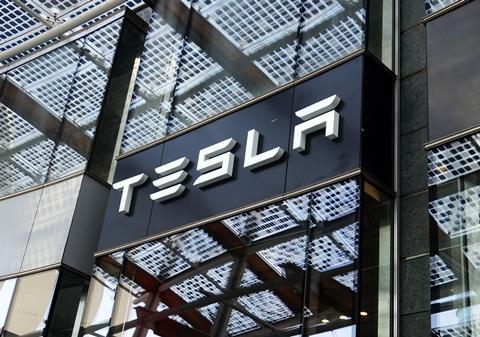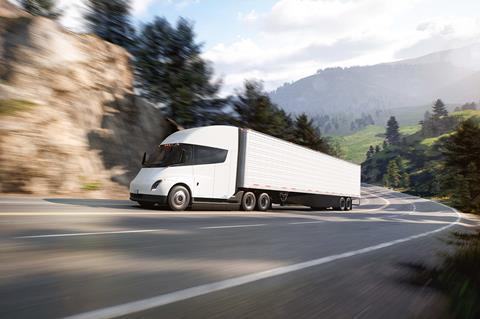Tesla (Financials)

- GAAP operating income: $1.2 billion
- GAAP net income: $1.1 billion
- Non-GAAP net income: $1.5 billion
Tesla faced challenges including the Red Sea conflict and an arson attack at Gigafactory Berlin. Despite these, COGS per unit declined due to lower raw material costs.
Market Dynamics
Global EV sales are pressured as automakers prioritize hybrids, benefiting Tesla’s regulatory credits. Tesla is expanding vehicle financing and leasing terms to support growth.
Investments
Tesla invested $2.8 billion in AI infrastructure, production capacity, Supercharger and service networks, and new products. A cost-cutting exercise aims to increase operational efficiency and reduce COGS per vehicle.
Technology and Autonomy
Tesla believes in an electric and autonomous future, requiring data from millions of vehicles and significant AI infrastructure. FSD subscription price was reduced to $99/month and purchase price to $8,000 in the US.
Cash Flow
- Operating cash flow: $0.2 billion
- Free cash flow: -$2.5 billion (including $1.0 billion for AI infrastructure capex)
- Cash and investments: $26.9 billion (a decrease of $2.2 billion)
Operational Highlights
- Increased AI training compute by over 130%
- Record energy storage deployment of 4.1 GWh
- Produced over 1,000 Cybertrucks in a week in April
- Total revenue decreased 9% YoY to $21.3 billion due to reduced vehicle ASP and delivery decline, partially offset by growth in other areas and higher FSD revenue.
Installed Annual Vehicle Capacity
| Region | Model | Capacity | Status |
| California | Model S / Model X | 100,000 | Production |
| Model 3 / Model Y | >550,000 | Production | |
| Shanghai | Model 3 / Model Y | >950,000 | Production |
| Berlin | Model Y | >375,000 | Production |
| Texas | Model Y | >250,000 | Production |
| Cybertruck | >125,000 | Production | |
| Nevada | Tesla Semi | Pilot production | |
| Various | Next Gen Platform | In development | |
| TBD | Roadster | In development |
Future Outlook
Tesla anticipates a lower vehicle volume growth rate in 2024 compared to 2023 as it launches new products. Energy storage deployments and revenue growth in Energy Generation and Storage are expected to outpace the Automotive business.
Financial Strategy
Tesla has sufficient liquidity to fund its roadmap and capacity expansion while maintaining a strong balance sheet. Future profits are expected to come increasingly from AI, software, and fleet-based services.
Product Development
Tesla plans to accelerate the launch of new models ahead of 2025, using existing and new platforms for production to manage costs and support growth. This strategy aims for over 50% growth from 2023 production before investing in new manufacturing lines. The robotaxi product will continue with an innovative “unboxed” manufacturing strategy.










